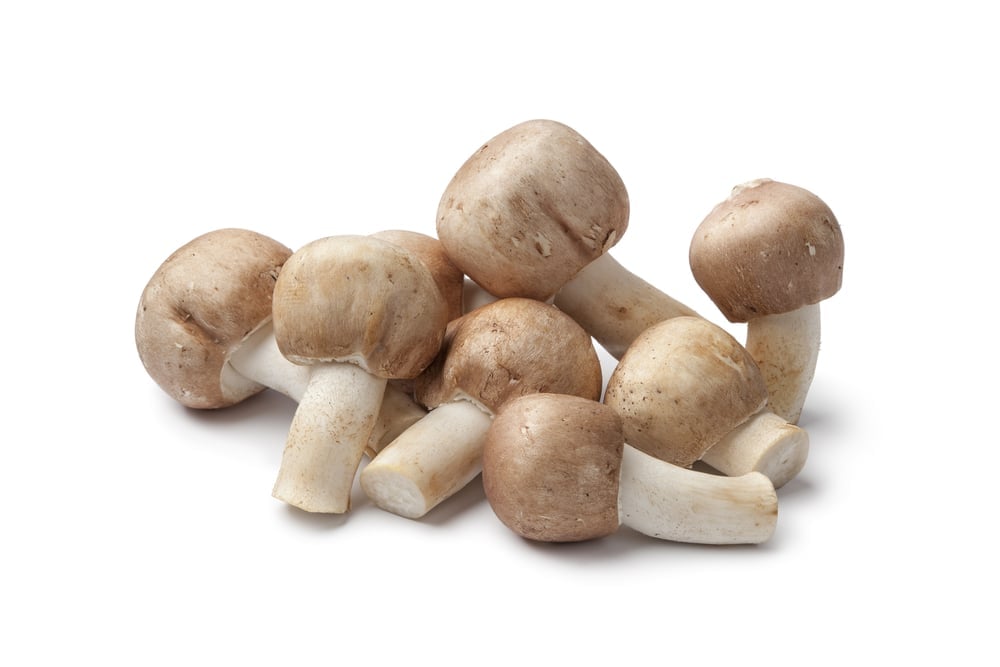
Introduction: Understanding Agaricus Subrufescens and Its Importance in Cancer Therapy
Agaricus subrufescens, commonly referred to as the almond mushroom or Agaricus blazei Murill, is a medicinal mushroom celebrated for its diverse therapeutic properties. Originating from Brazil and cultivated in various countries including Japan and China, this mushroom has attracted significant scientific interest for its potential role in cancer therapy. Its bioactive compounds have been linked to immune system modulation and anti-tumor activity, making it a promising natural adjunct in cancer treatment.
Agaricus Blazei Murill Mushroom: Taxonomy and Nomenclature
Often confused with related species, Agaricus blazei Murill mushroom is a close relative of Agaricus subrufescens and is sometimes used interchangeably in research. Known also as the “sun mushroom,” it is widely studied for its medicinal properties, including its anti-cancer and immunomodulatory effects. Understanding the taxonomy and botanical distinctions between these species is important for accurate research and therapeutic applications.
Chemical Composition and Bioactive Compounds of Agaricus Subrufescens
The mushroom’s chemical profile includes polysaccharides such as β-glucans, glucan protein complexes, ergosterol, and various phenolic compounds. These constituents contribute to the mushroom’s antioxidant effects and anti-inflammatory properties. The cell wall components, particularly β-glucans, are crucial for stimulating immune responses, including activation of natural killer (NK) cells and dendritic cells, which play vital roles in combating tumor cells.
Mushroom Agaricus in Alternative Medicine
Agaricus subrufescens has been widely used in alternative medicine practices due to its immunostimulatory and anti-tumor activities. Its extracts are commonly included in complementary therapies aimed at enhancing immune function and supporting conventional cancer treatments. The mushroom’s role as a natural remedy highlights the intersection between traditional knowledge and modern scientific validation.
Mechanisms of Anti-Tumor and Tumor Suppression Activity
Agaricus subrufescens exerts anti-tumor activity through multiple mechanisms. It enhances apoptosis in cancer cells via the apoptotic pathway, inhibits tumor growth and metastasis, and modulates cytokine production, including tumor necrosis factor alpha (TNF-α) and vascular endothelial growth factor (VEGF). These effects contribute to reduced tumor size and suppression of tumor metastasis in various animal models and cell cultures.
Effects on Leukemic Tumor Cells and Other Cancer Cell Lines
Research has demonstrated significant effects of Agaricus subrufescens on leukemic tumor cells, as well as prostate cancer cells and various solid tumors. Studies in tumor-bearing mice and cell cultures reveal that the mushroom extract induces apoptosis, reduces tumor size, and modulates immune responses to fight cancer effectively. The selective cytotoxicity towards cancerous cells while sparing normal epithelial cells underscores its therapeutic potential.
Immunomodulatory Effects: Activation of Immune Cells and Cytokine Production
The mushroom stimulates the immune system by activating monocyte-derived dendritic cells, spleen cells, and cytotoxic T cells. It promotes the production of pro-inflammatory cytokines and leukocyte growth factors, enhancing natural killer cell activity and overall immune response. Oral administration of aqueous extracts has been shown to increase immune cell function in both animal models and cancer patients, including gynecological cancer patients.
Blood Ex Vivo Studies and Immune Response Modulation
Ex vivo studies using blood samples from cancer patients have shown that Agaricus subrufescens extracts can modulate immune cell activity, increasing natural killer cell activity and cytokine production. These findings support the mushroom’s role in enhancing systemic immune responses, which are critical for effective cancer therapy and tumor suppression.
Anti-Angiogenic Properties and Impact on Tumor Microenvironment
By inhibiting vascular endothelial growth factor (VEGF) expression, Agaricus subrufescens disrupts angiogenesis, a critical process for tumor nourishment and metastasis. The mushroom’s low molecular weight polysaccharides contribute to this anti-angiogenic effect, limiting tumor growth and progression.
Role of Nuclear Factor Kappa and Transcription Factor NF in Cancer Therapy
Agaricus subrufescens influences key signaling pathways involved in cancer progression, including modulation of nuclear factor kappa B (NF-κB) and other transcription factors. By inhibiting NF-κB activation, the mushroom extract can promote apoptosis and reduce inflammation, contributing to its anti-tumor and immune-enhancing effects.
Clinical Applications and Use in Cancer Patients
Clinical trials and studies involving cancer patients, including those undergoing chemotherapy and autologous stem cell transplantation, indicate that Agaricus subrufescens is a safe and beneficial adjuvant treatment. It enhances natural killer cell activity, reduces chemotherapy side effects, and improves patients’ quality of life through its immunomodulatory and anti-inflammatory properties.
Safety Considerations and Toxicological Aspects Including Chronic Hepatitis
While generally safe, some concerns exist regarding potential toxic effects related to hydrazine derivatives like agaritine found in Agaricus subrufescens. Patients with chronic hepatitis or liver disease should exercise caution, and continuous research is necessary to establish safe dosage guidelines and long-term safety, especially for those on chemotherapeutic drugs.
Cultivation, Harvesting Methods, and Commercial Availability
The mushroom is cultivated worldwide with optimized techniques to maximize bioactive compound content. It is available commercially in various forms including fresh fruiting bodies, dried powders, capsules, and hot water extracts. These products are increasingly used as nutraceuticals and functional foods for health promotion and cancer support.
Positive Foci and Research Outcomes in Tumor-Bearing Models
Studies have reported reductions in positive foci—markers of preneoplastic lesions—in animal models treated with Agaricus subrufescens extracts, indicating its potential in early cancer prevention and tumor suppression.
Conclusion: The Future of Agaricus Subrufescens in Cancer Therapy and Health Promotion
Agaricus subrufescens offers promising therapeutic effects in cancer treatment through its anti-tumor, immunomodulatory, and anti-angiogenic properties. Further clinical research and toxicological studies will help to fully realize its potential as a complementary medicine, contributing to improved outcomes for cancer patients and enhanced human health.
Masterful Display
Each and everyone of our products are deeply considered, labored over, and improved upon time and time again. We invite you to experience the difference of our carefully crafted small batches of herbal support items. Whether it be our tea line, produced for a delightful experience, or our tincture blends and extracts, we have what you need.

